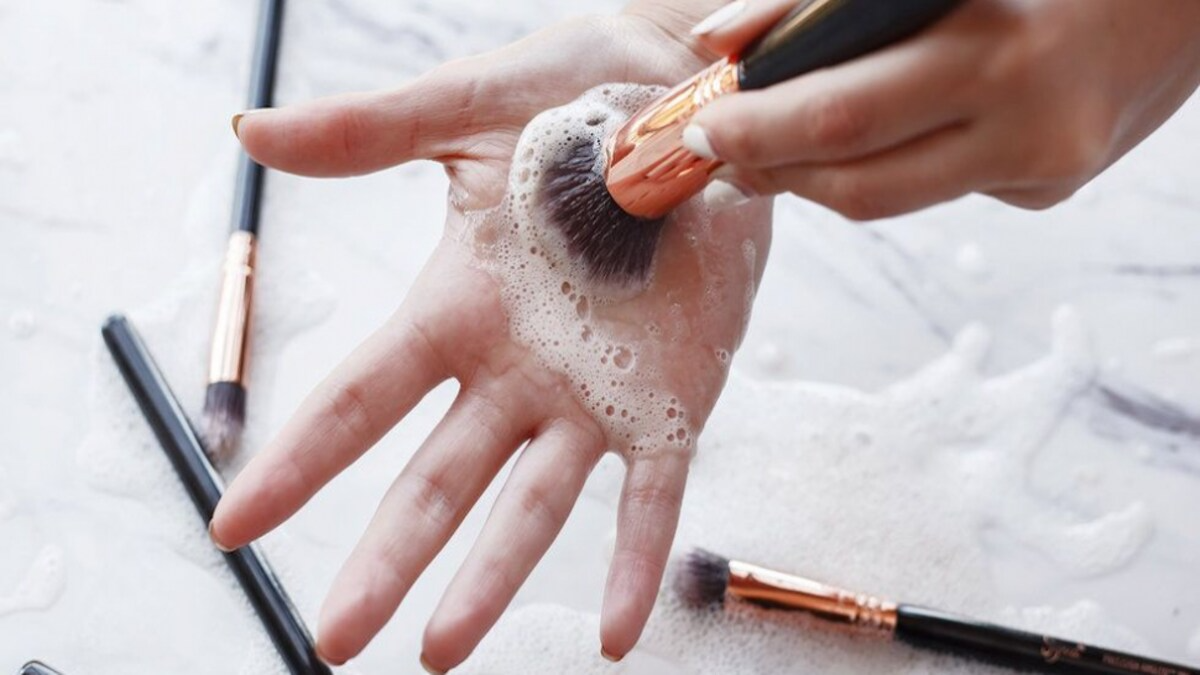Clean Brushes, Clear Skin: Best Practices for Sanitizing Your Makeup Tools
As a makeup artist, one of the most important aspects of your job is ensuring that your clients' skin and health are protected. Proper sanitization of makeup tools is crucial in achieving this goal. In this article, we'll discuss the importance of sanitization, common types of makeup tools, and best practices for implementing effective sanitization protocols.
Why Is Sanitization Important?
Bacteria, viruses, and fungi can thrive on makeup tools that are not properly cleaned, leading to skin infections and other health problems. Makeup brushes, sponges, and other tools are often used on different clients, which makes them susceptible to cross-contamination. In addition, makeup products themselves can harbor bacteria, which can transfer to the tools used to apply them.
Sanitizing makeup tools is not only important for the health and safety of your clients, but it is also a legal requirement in many jurisdictions. Failure to follow proper sanitation procedures can lead to serious consequences, including loss of reputation and legal action.
Types of Makeup Tools
There are several types of makeup tools that require sanitization, including brushes, sponges, and palettes. Each tool requires a slightly different cleaning method, so it's important to understand the specifics for each type.
Brushes: Makeup brushes come in a variety of shapes and sizes and can be made from natural or synthetic materials. Because they come into direct contact with the skin, it's important to clean them thoroughly after each use. Synthetic brushes can be washed with a mild soap and warm water, while natural hair brushes should be washed with a gentle shampoo to prevent damage to the bristles.
Sponges: Makeup sponges are commonly used for applying foundation and concealer. They are porous and can harbor bacteria, making it essential to clean them regularly. Sponges can be washed with a mild soap and warm water or cleaned with a specialized sponge cleaner.
Palettes: Makeup palettes are used for mixing and applying products such as eyeshadows and lipsticks. They can be made from various materials, including plastic and metal. Palettes should be sanitized after each use with a disinfectant spray or wiped down with rubbing alcohol.
Best Practices for Sanitizing Makeup Tools
Now that we've discussed why sanitization is important and the different types of makeup tools that require cleaning, let's explore some best practices for implementing effective sanitization protocols:
Wash your hands: Always wash your hands thoroughly before handling makeup tools to prevent the transfer of bacteria and other germs.
Clean your tools after each use: Makeup tools should be cleaned thoroughly after each use to prevent the buildup of bacteria. Use a gentle cleanser or specialized cleaning solution for each type of tool.
Dry your tools properly: After cleaning, allow your makeup tools to air dry completely before using them again. Never store wet tools in a closed container, as this can promote the growth of bacteria.
Sanitize your tools regularly: In addition to cleaning after each use, it's important to sanitize your tools regularly. This can be done with a disinfectant spray or by wiping them down with rubbing alcohol.
Use disposable tools when possible: Consider using disposable tools such as cotton swabs and applicators when appropriate to reduce the risk of cross-contamination.
Store your tools properly: Store your makeup tools in a clean, dry, and well-ventilated area to prevent the growth of bacteria and other germs.
Proper sanitization of makeup tools is essential for protecting the health and safety of your clients. By understanding the importance of sanitization, the different types of makeup tools that require cleaning, and best practices for effective sanitization protocols, you can ensure that your makeup kit is a safe and healthy environment for all of your clients.

